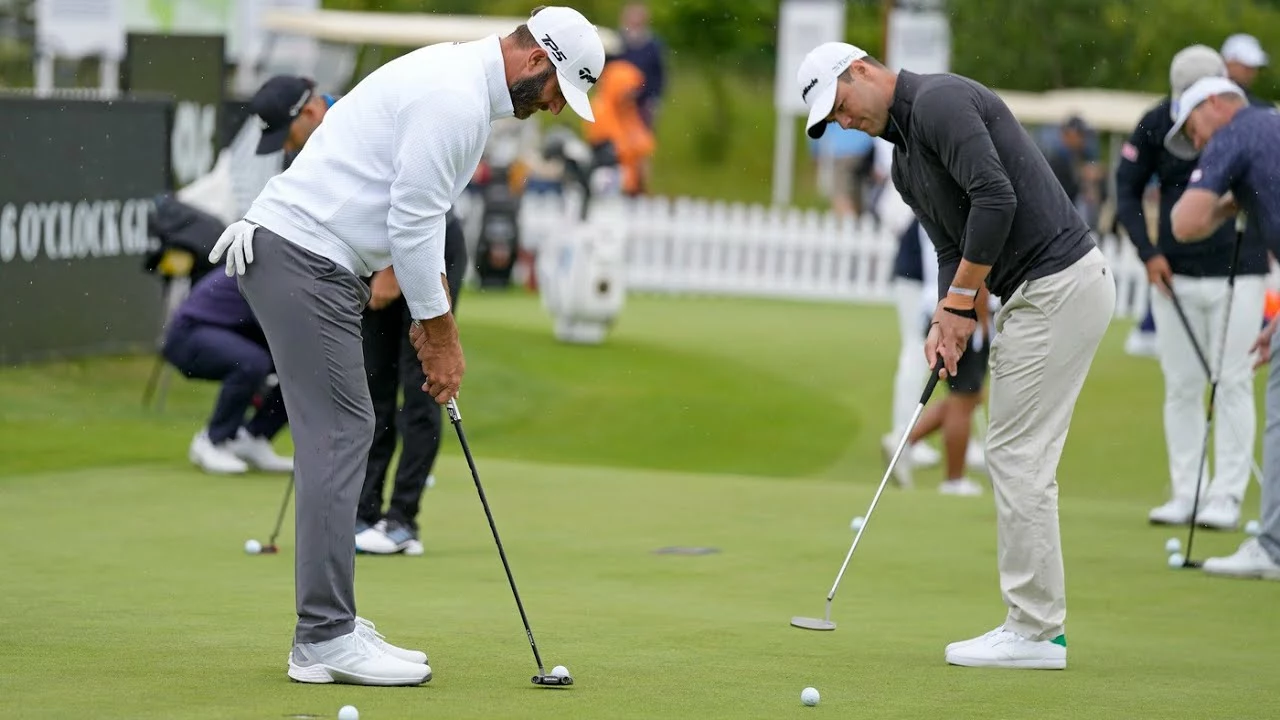Suspending Golfers: Why Rules and Conduct Matter
When talking about Suspending Golfers, the process of temporarily or permanently restricting a golfer’s participation because of rule breaches or misconduct. Also known as golf suspensions, it serves as a safety net for the sport’s integrity. suspending golfers isn’t just a punitive measure; it’s a signal that the game takes fairness seriously.
One of the core pillars behind any suspension is the golf rules, the official code that governs how the game is played, from stroke play to etiquette. When a player steps outside these guidelines, the governing body steps in. For example, repeated slow‑play violations or illegal equipment use can trigger a review. The rules themselves are constantly tweaked, reflecting advances in equipment technology and changing player expectations.
But rules alone don’t tell the whole story. Player conduct, the behavior expected of golfers on and off the course, including sportsmanship and respect for opponents plays a huge role. A golfer who engages in verbal abuse, throws a club, or breaches social etiquette may face disciplinary action even if the technical rule wasn’t broken. Conduct violations often spark public debate, because they touch on the spirit of the game.
How Governance Connects Rules, Conduct, and Sanctions
The link between rules, conduct, and suspensions is managed by sports governance, organizations like the R&A, USGA, and national golf unions that set policies, enforce rules, and handle disciplinary processes. These bodies issue guidelines, run hearings, and decide on penalties ranging from warning letters to multi‑event bans. Their decisions influence everything from tournament line‑ups to sponsorship deals, making governance a key entity in the suspension ecosystem.
When a suspension is handed down, it reverberates through other parts of the golfing world. Equipment manufacturers, such as Titleist, may see a shift in brand perception if a high‑profile player is suspended for equipment violations. Apparel retailers, like Store4Golfers, often adjust marketing to stress compliance with dress codes and conduct standards. Even the design of golf courses can be impacted; clubs may tighten pet policies or revise on‑course etiquette rules to prevent future infractions.
Take the case of a golfer caught using a non‑conforming ball that promises extra distance. The rulebook classifies that as a breach of equipment standards, triggering an investigation. If the player also made unsportsmanlike comments during the incident, the conduct clause adds weight, leading to a longer suspension. This scenario illustrates the semantic triple: Suspending golfers encompasses rule violations; rule violations require equipment compliance; equipment compliance influences player conduct.
Another practical angle is the effect on tournament scheduling. When a top player is suspended, organizers must reshuffle pairings, which can affect broadcast rights and ticket sales. Fans who followed the suspended player on social media may shift their attention to other storylines, like the low‑scoring trends on the PGA Tour or the rise of disc golf equipment from brands like Innova. These ripple effects show why understanding suspensions matters beyond the courtroom.
It’s also worth noting that not all suspensions are permanent. Many are time‑based, allowing golfers to return after a set period or after completing an educational program on ethics and rules. This rehabilitative approach ties back to governance bodies’ aim to preserve the sport’s reputation while offering second chances. Players often emerge with a renewed focus on proper attire—remember the dress code advice about collared shirts, slacks, and appropriate shoes—and a clearer view of acceptable conduct.
For anyone involved in golf—whether you’re a club manager, a budding pro, or a casual weekend player—grasping the interplay between suspending golfers, the rulebook, conduct expectations, and governing policies is essential. Below you’ll find a curated set of articles that dive into related topics like equipment choices, apparel trends, and even quirky questions like how far a ball might travel on Mars. These pieces together give you a full picture of the environment where suspensions happen and how they shape the game you love.

Why is the PGA suspending golfers who participate in the LIV?
The PGA has recently announced they'll be suspending golfers who participate in the LIV. This surprising move is due to the fact that the LIV is considered a rival league, causing a conflict of interest. It's a bold strategy from the PGA, aiming to maintain its monopoly on professional golf. This could have significant implications for the golfers' careers, potentially limiting their options. As a passionate follower of golf, I'm keen to see how this situation will unfold.
Read more